Japanese food is all the rage these days and the good news is you can enjoy a healthy meal at a Japanese restaurant. You can find many options in the menu which are perfectly healthy and contain lean proteins and fresh vegetables. And there are hardly any fried items. You can enjoy many healthy foods by making smart choices and choosing the right dishes in a Japanese restaurant.
10 Delicious Healthy Japanese Foods to Try
1. Miso Soup
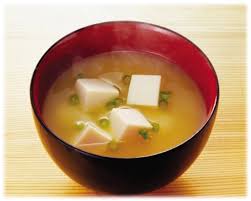
Miso soup is made from fermented soy beans. Bursting with flavors, this soup contains a lot of isoflavons. Isoflavons are known for their ability to reduce fat cells in the body and they can protect you from cancer as they have anticarcinogenic properties.
2. Edamame
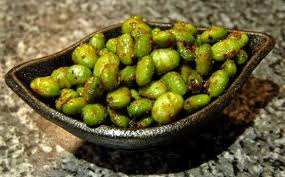
Edamame beans contain fiber, proteins and omega 3 fats. These are raw soy beans and are a great option for starters. By freeing each bean from its pod, you are likely to eat slowly and these will make you feel fuller soon. You won’t feel very hungry and will likely eat less afterwards.
3. Soba Noodles in Soups
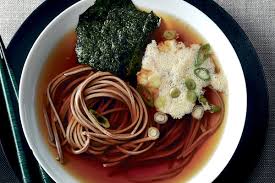
These traditional Japanese noodles are made from buckwheat flour. Buckwheat flour contains large quantities of vitamin B1, B2 and many minerals. Their protein content is double than that of rice. These are also a rich source of Rutin which is a bioflavanoid. It strengthens the capillaries and is very helpful to control blood pressure and atherosclerosis.
4. Sashimi
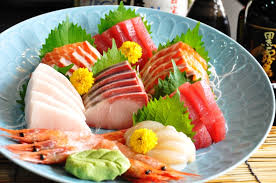
Sashimi is another perfect example of healthy Japanese food. It is the purest form of seafood and comprises of thinly sliced raw fish. The most commonly used fish are salmon and tuna. This seafood delicacy contains lots of proteins and is full of vitamins and minerals and has very less amount of fat.
5. Shiitake Mushrooms
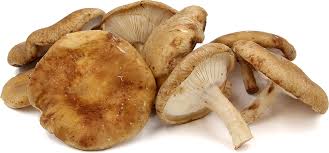
If you are looking for something with less calories and high protein content, shiitake mushrooms should be your first choice. They have been used in traditional Japanese medicine since ages and provide many health benefits. They offer protection from cardiovascular diseases and can lower the cholesterol.
6. Seaweed
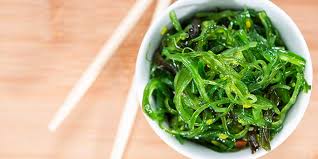
Seaweed, another healthy Japanese food, contains a ton of minerals. It is a rich source of zinc, iodine, selenium and vitamin B12. All these minerals are required by the body for optimal health. Seaweed can reduce cholesterol and help to control high blood pressure.
7. Tofu
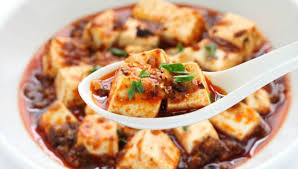
Tofu is one of the most versatile food items used in Asian cuisine. The health benefits of Tofu are well documented and it provides a lot of proteins and very few calories. You can choose any tofu based recipe without the fear of consuming extra calories.
8. Shishito Peppers
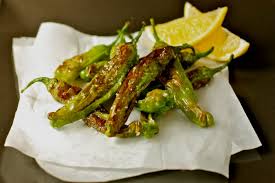
If you are looking for a spicy option and want to have extra kick in your meal, opt for shishito peppers. The fun thing is that each pepper offers a different level of spicy taste. You will get the kick and a lot of nutrients as a bonus.
9. Spinach Ohitashi
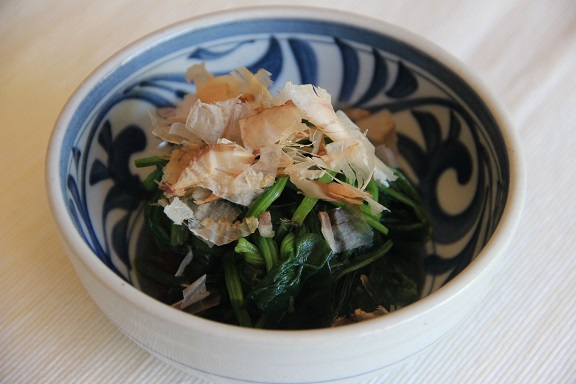
Japanese restaurants do not serve many dishes made from leafy greens. This spinach based salad is an exception. Spinach is rich in vitamin K, iron and many vitamins. This dish is a perfect choice and an ideal example of healthy Japanese food.
10. Wasabi
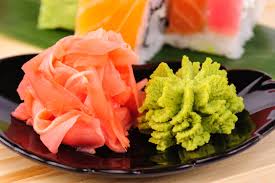
The green spicy paste served with sushi is made from wasabi. Wasabi is like a radish and is full of antioxidants. It has a very strong taste so be careful when you eat it.
Tips for Healthy Eating at a Japanese Restaurant
Though there are a lot of healthy Japanese foods to choose from, you should be careful with some foods if you are watching your weight. Here are a few tips for choosing better and healthier options.
- In most cuisines salad dressings are full of oil and calories and Japanese cuisine is no exception. If you order a salad, ask about the type of dressing it comes with. If it is oil or cream based, skip the dressing or ask for a less oily or vinegar based version.
- Stay away from tempura. Tempura is fish, meat or vegetables, coated in a light batter and fried. It contains a lot of oil and if you are looking for a healthy meal, opt for a steamed or grilled dish instead.
- Katsu is another form of preparing food which you should avoid if you are looking for a low fat option. In this method the dish is prepared by pan frying the item. It is either prepared in oil or butter. Instead of a dish prepared in katsu style, ask for something steamed, grilled or broiled.
- A very important thing is to be careful about sodium. Japanese food can have a lot of sodium. Avoid adding extra salt and use less soy sauce as an additive.
- The white rice served with nearly every dish in Japanese restaurants is not unhealthy but if you are on a low carbohydrate diet, you can ask to swap your white rice with brown rice. Sushi rolls can also be prepared with brown rice and many eateries are happy to accommodate your wish. If brown rice is not available, you can skip the rice and order some vegetables to accompany your meal.
- Choose the right type of fish. The best choices are less oily fish like bass, cod, tuna and mahi mahi. Mackerel and eel have high fat content. Salmon is rich in good fats and is an excellent choice.
